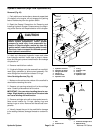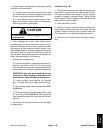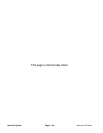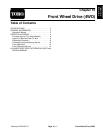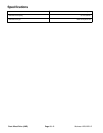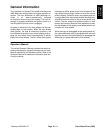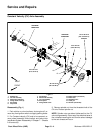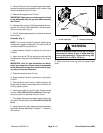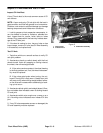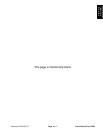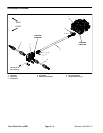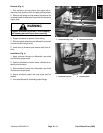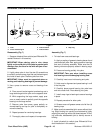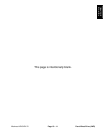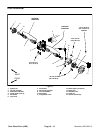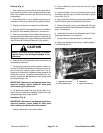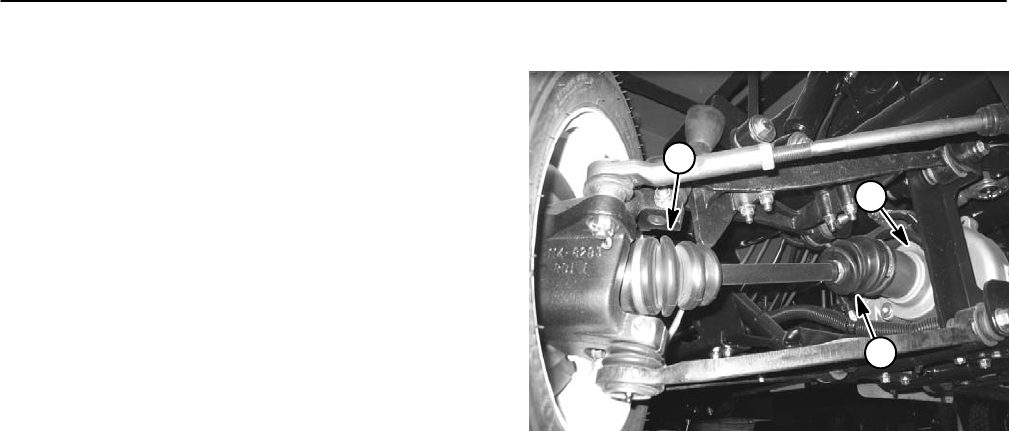
Workman HDX/HDX−DPage 10 − 6Front Wheel Drive (4WD)
Inspect CV Axle Boot and Test CV Axle
Inspect CV Axle Boot
A torn CV axle boot is the most common cause of CV
axle failures.
NOTE: A worn and noisy CV axle joint with the boot in
good condition and filled with grease is not uncommon.
Potholes, curb contact or collision damage can damage
bearing components and initiate worn conditions.
1. Look for grease on front suspension components, in-
ner tire sidewall or fender to indicate a possible torn
boot. Inspect boot for cracks, holes, tears or loose
clamps. Dirty grease within the boot may indicate dam-
age to the CV axle joint.
2. If the boot is cracked or torn, has any holes or has
loose clamps, remove CV axle (see CV Axle Assembly
in this section) and replace boot.
Test CV Axle
1. Test drive vehicle on a smooth surface to verify CV
axle joint problem.
2. Accelerate or back−up vehicle slowly with the front
wheels turned. Listen for snapping or clicking noise at
the wheel, then drive straight ahead.
A. If the noise remains constant, the wheel bearing
is the likely problem and, if so, the wheel hub assem-
bly must be replaced.
B. If the noise gets louder when turning, the out-
board CV axle joint is likely worn. A badly worn joint
will snap or click when driving straight ahead, howev-
er the noise will increase when accelerating or back-
ing up into a turn.
3. Accelerate vehicle quickly and straight ahead. Vibra-
tion or shudder often indicates a worn or sticking inboard
CV axle joint.
4. Accelerate vehicle at an angle over a ramp or up a
hill. A clunking noise indicates a worn inboard CV axle
joint.
5. If any CV axle components are worn or damaged, the
CV axle assembly must be replaced.
1. Inboard boot
2. Outboard boot
3. Differential assembly
Figure 3
1
2
3



